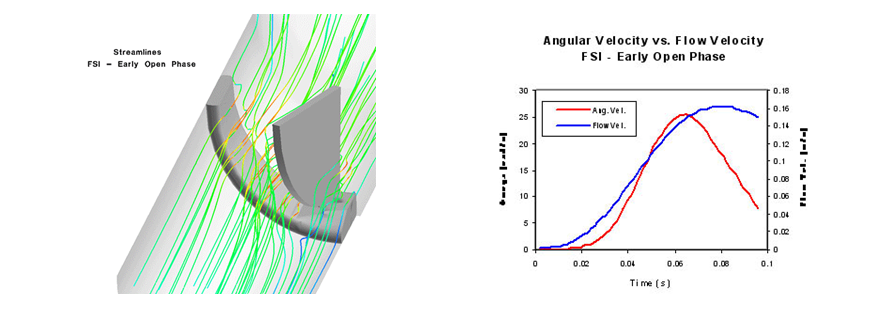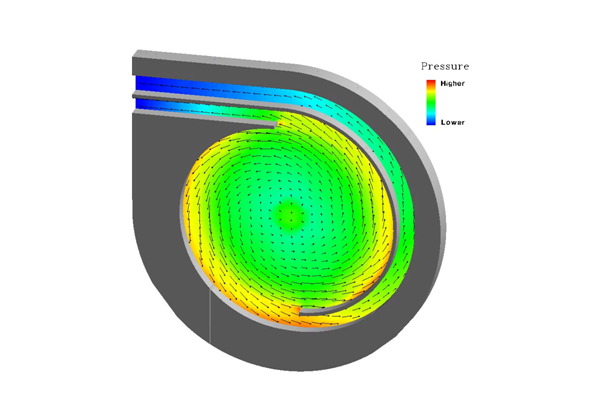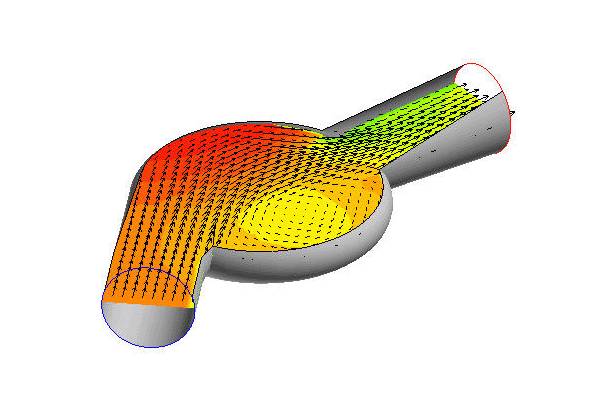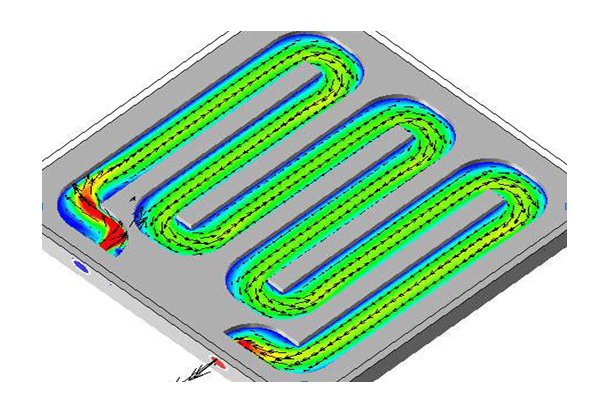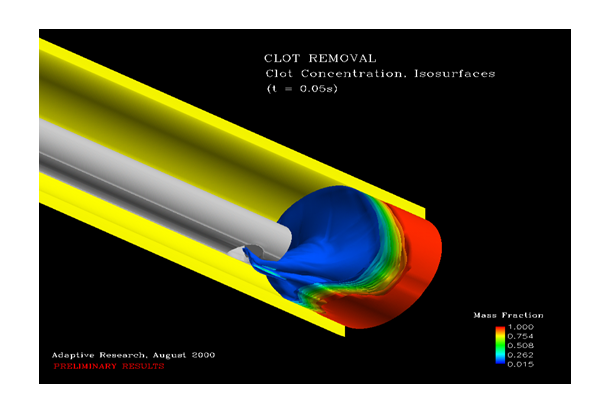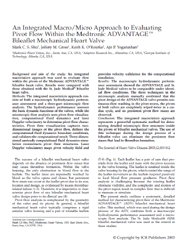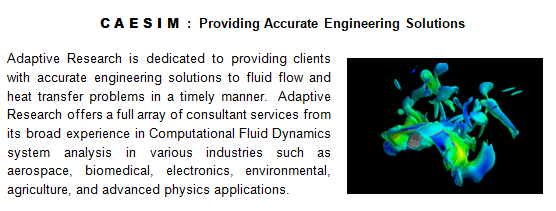A D V A N C E D C O M P U T E R - A I D E D E N G I N E E R I N G S O L U T I O N S
H A V E a Q U E S T I O N ?
I N F O R M A T I O N R E Q U E S T
Fill out the following form to request additional information on the capabilities of CAESIM
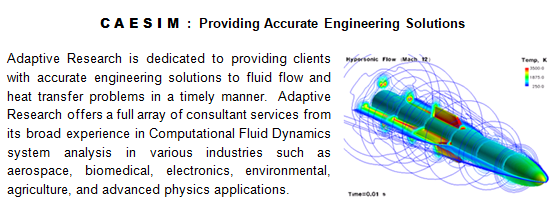
E X P L O R E U N L I M I T E D S I M U L A T I O N P O S S I B I L I T I E S !
C O M P U T E R - A I D E D E N G I N E E R I N G S I M U L A T IO N P L A T F O R M
F L U I D F L O W, H E A T T R A N S F E R, A N D M U L T I - P H Y S I C S
Bio-Engineering
Computational Fluid Dynamics (CFD) provides a non-invasive tool to perform physiological flow analyses in the cardiovascular system. Possible applications range from simple studies such as arterial bifurcations, aneurysms and stenoses to more complex configurations like prosthetic heart valves, catheters or artificial organs. CFD has successfully been applied to research and development of catheter implants, miniature fluid pumps, breathing devices and artificial hearts.
CAESIM provides a non-invasive capability to assess catheter placement in the central venous system. Simulations of blood flow around the catheter are used to predict pressure and viscous forces acting on the device. This information is critical for catheter displacement evaluation inside the vein.. CFD techniques produce fluid-structure interaction data usually not available directly from in vivo or in vitro measurements.
Bioengineering Applications
Device Optimization - Blood Filter
CAESIM has been utilized in the development of a blood cardioplegia device, predicting heat transfer and flow characteristics prior to prototype fabrication. Device simulations of water and blood flow paths in the heat exchanger are analyzed to yield superior heat transfer performance.

Blood Pump Performance
CAESIM simulations of blood pumps, determining flow patterns and local shear stress within the pump chamber. The figure below illustrates an impeller type blood pump.

Heart Valve Design Evaluation
CAESIM has been used in the design of mechanical heart valves, and can obtain flow structure data in regions inaccessible experimentally. Simulations also provide important information on locations of high shear rates in the flow, which are known to play a significant role in damaging blood cells.

Biogengineering Simulations
Additional Information
© 2024 Adaptive Research. All rights reserved.





